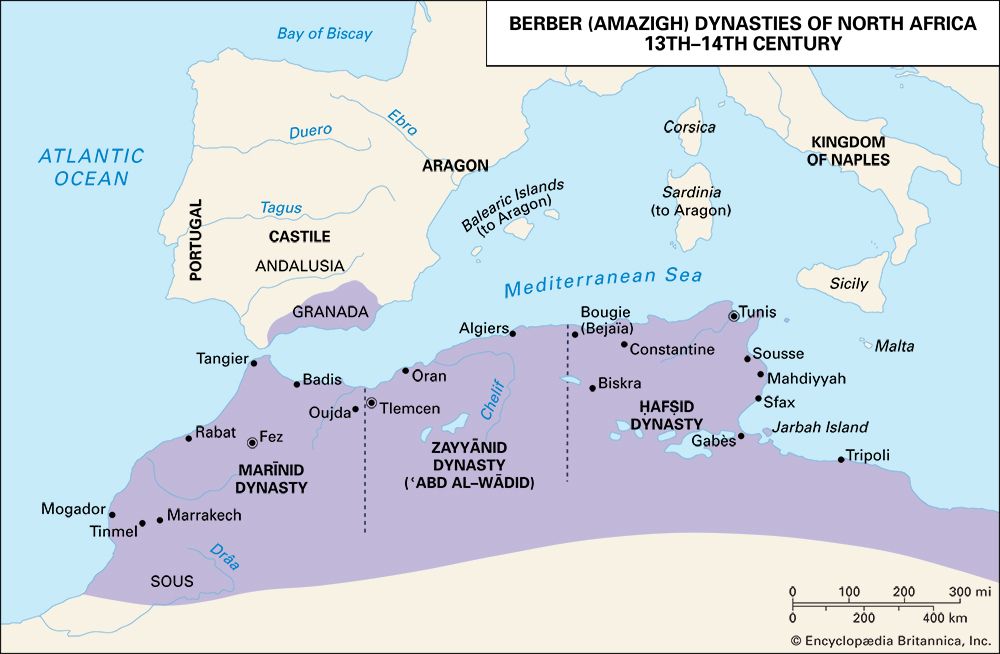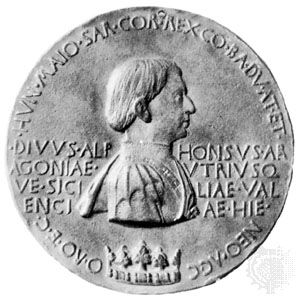Kingdom of Aragon
Learn about this topic in these articles:
Assorted References
- major reference
- In Aragon: History

…roughly coextensive with the historical kingdom of Aragon. This principality had its origins in 1035, when Sancho III (the Great) of Navarre left to his third son, Ramiro I, the small Pyrenean county of Aragon and established it as an independent kingdom. To this mountain domain Ramiro added the counties…
Read More
- coinage
- In coin: Spain
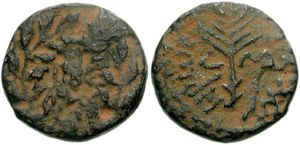
…VI (1065–1109), and that of Aragon under Sancho Ramírez (1063–94). Among the earliest gold was that of Alfonso VIII of Castile (1158–1214), copying an Arab gold dinar but with Christian professions in its Arabic script. Gold portrait doblas appeared under Sancho IV of Castile and León in the 13th century,…
Read More
- creation by Sancho III Garcés
- In Sancho III Garcés
Sancho created the kingdom of Aragon and was responsible for the elevation of Castile from county to kingdom, though he transferred some Castilian territory to Pamplona, which he left to his eldest son, García III (or IV).
Read More
- In Sancho III Garcés
- rule of the Two Sicilies
- In Kingdom of the Two Sicilies
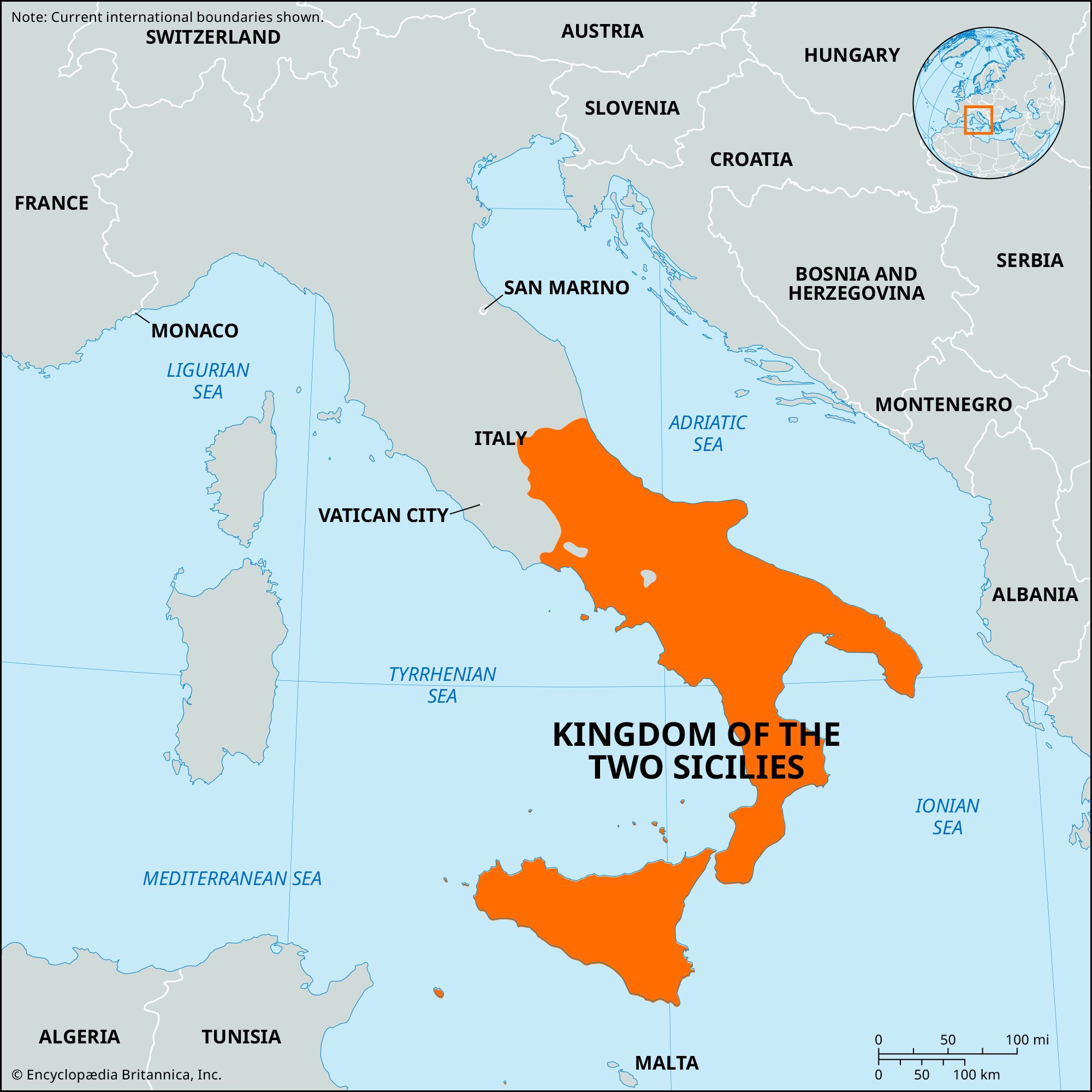
…on the mainland and the Aragonese (Spanish) dynasty on the island, both of which claimed the title of king of Sicily. In 1443 Alfonso V of Aragon, on reuniting the two portions, took the title of rex Utriusque Siciliae (king of the Two Sicilies). This title was sometimes used during…
Read More
history of
- France
- In France: Foreign relations

…1281–85) excommunicated the king of Aragon and offered the vacant throne to Philip for one of his sons. Because at this juncture the crown of Navarra was destined for Philip’s son and successor, Philip the Fair, the whole Spanish March seemed ripe for recovery by the French. Yet the Crusade…
Read More
- Italy
- In Italy: The end of Hohenstaufen rule
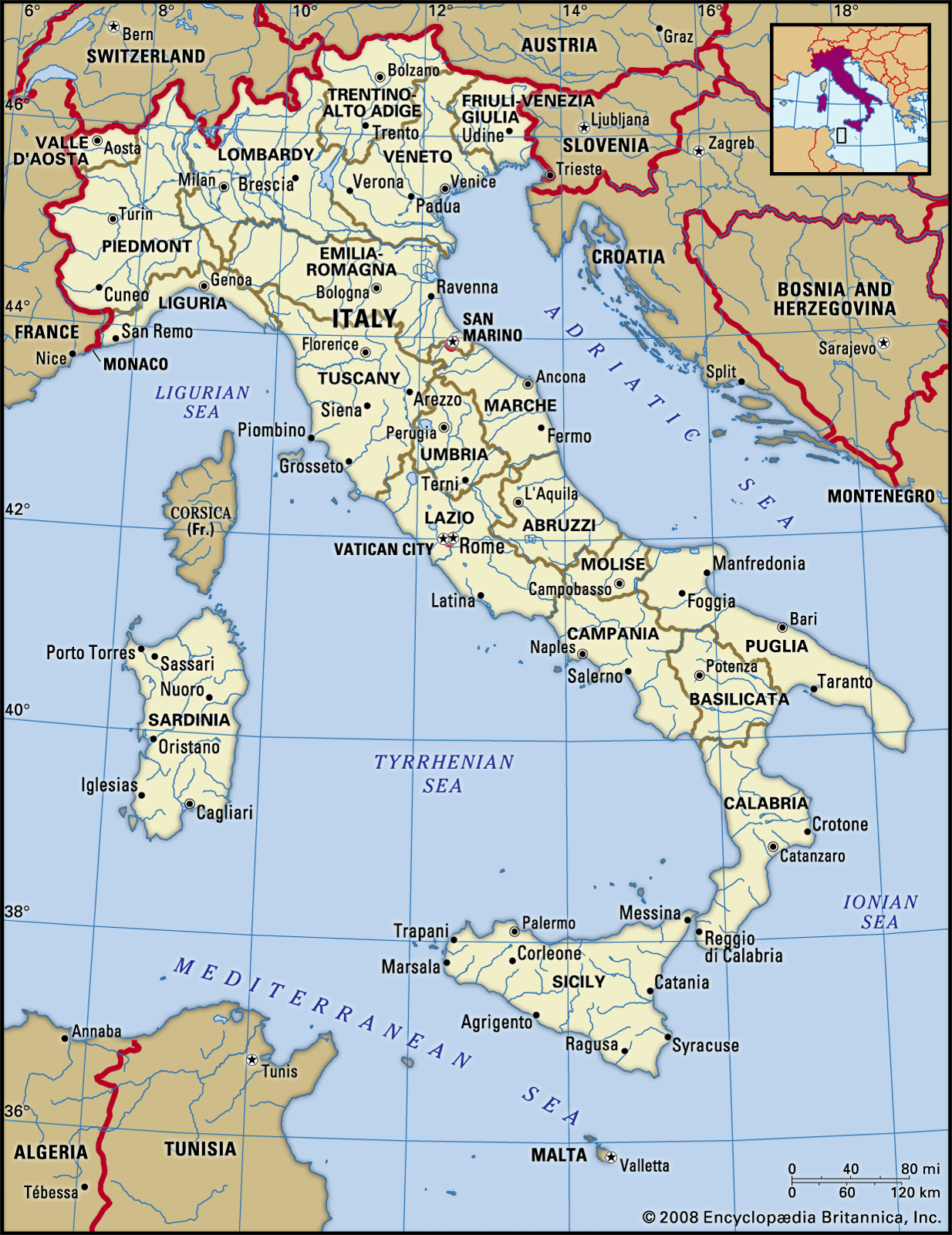
…under the rule of the Aragonese.
Read More - In Italy: The southern kingdoms and the Papal States

…of the royal house of Aragon. This house, in rebellion against papal claims of suzerainty and engaged in constant war with the Kingdom of Naples, went through a pattern of monarchical weakness and economic decline similar to that shown by the Angevins of Naples. In Hohenstaufen and early Aragonese Sicily,…
Read More - In Italy: The southern monarchies and the Papal States

…the south, Alfonso V of Aragon (1416–58) used the island kingdom of Sicily mainly as a base for his conquest of Naples. Thereafter Sicily was governed by viceroys who subjected its interests to those of Aragon, which became part of Spain in 1479. Examples of Sicily’s incorporation into the Spanish…
Read More
- Reconquista
- In Reconquista

Sancho created the kingdom of Aragon in 1035, and his successors there pursued the Christian reclamation of the peninsula in earnest. Alfonso I of Aragon captured the former Moorish capital of Zaragoza in 1118. In 1179 Alfonso II of Aragon and Alfonso VIII of Castile
Read More - In Reconquista

Supported by the armies of Aragon, Navarre, and Portugal, Castilian forces routed the Almohad emir of Morocco, Muḥammad al-Nāṣir, at Las Navas de Tolosa (July 16, 1212) and so removed the last serious Islamic threat to Christian hegemony in Spain. The way was now open to the conquest of Andalusia
Read More - In Reconquista

…same period, James I of Aragon completed Aragon’s part in the Reconquest. After occupying the Balearics (1235), he captured Valencia (1238). Unlike Ferdinand, James carefully worked to preserve the agricultural economy of the Moors and so established the final peninsular frontiers of Aragon. In Portugal, Afonso III captured Faro (1249),…
Read More - In Reconquista

The kingdoms of Aragon, Castile, and Portugal spent the next century consolidating their holdings, until the marriage of Ferdinand II of Aragon and Isabella I of Castile in 1469 united the Spanish crown. The Catholic Monarchs, as Ferdinand and Isabella came to be known, completed the conquest of…
Read More
- Spain
- In Spain: Christian Spain from the Muslim invasion to about 1260
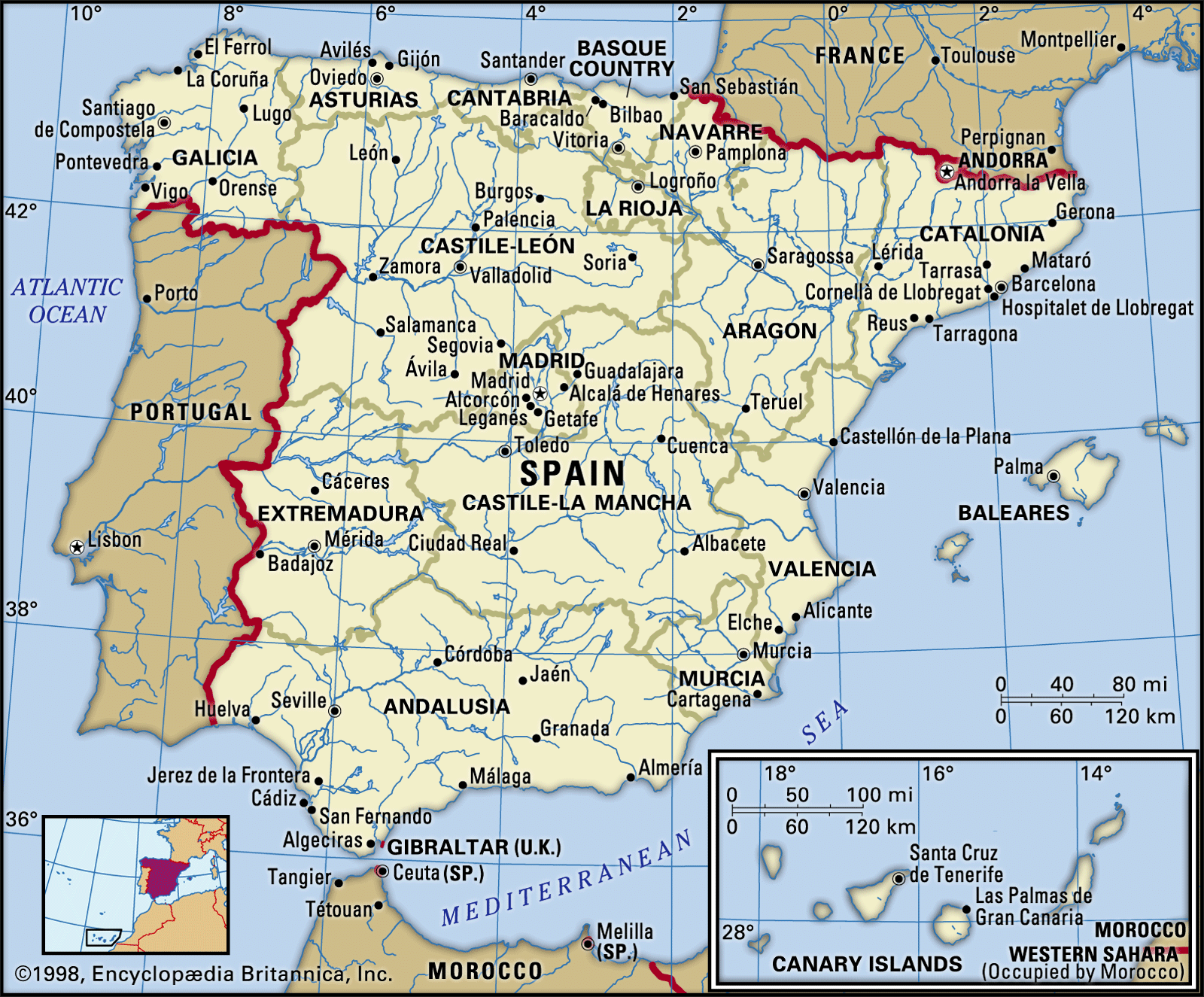
of Portugal, Navarre (Navarra), and Aragon-Catalonia (Spanish: Cataluña; Catalan: Catalunya), whose frontiers began to be delineated in the 11th and 12th centuries, repudiated and often undermined the aspirations of their larger neighbour. The Reconquista was nearly completed by the middle of the 13th century, by which time the Muslims retained…
Read More - In Spain: Aragon, Catalonia, and Valencia, 1276–1479

In the late Middle Ages the Crown of Aragon experienced a confrontation between the monarchy and the nobility similar to that which occurred in neighbouring Castile. As Roman law and its practitioners gained in influence, there were protests in both…
Read More
reign of
- Alfonso V
- Ferdinand II
- In Ferdinand II: Marriage to Isabella and unification of Spain
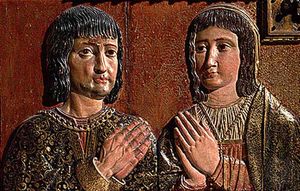
…princess Isabella of Castile in Valladolid in October 1469. This was a marriage of political opportunism, not romance. The court of Aragon dreamed of a return to Castile, and Isabella needed help to gain succession to the throne. The marriage initiated a dark and troubled life, in which Ferdinand fought…
Read More
- Isabella I
- In Isabella I

…of Castile (1474–1504) and of Aragon (1479–1504), ruling the two kingdoms jointly from 1479 with her husband, Ferdinand II of Aragon (Ferdinand V of Castile). Their rule effected the permanent union of Spain and the beginning of an overseas empire in the New World, led by Christopher Columbus under Isabella’s…
Read More
- Ramon Berenguer IV
- In Ramon Berenguer IV
The kingdom of Aragon soon sought Ramon Berenguer IV’s aid against Castile. In the course of their negotiations, he was promised the hand of the Aragonese king Ramiro II’s daughter and heir, Petronila (Peronella); they were married on Aug. 11, 1137, and a few months later…
Read More
- In Ramon Berenguer IV
union with
- Barcelona
- In Alfonso II
…from 1162 and king of Aragon from 1164.
Read More
- In Alfonso II
- Castile
- In Spain: The union of Aragon and Castile

When Ferdinand II (1479–1516; also known as Ferdinand V of Castile from 1474) succeeded to the Crown of Aragon in 1479, the union of Aragon (roughly eastern Spain) and Castile (roughly western Spain) was finally achieved, and the Trastámara became the second…
Read More
- Catalonia
- In Catalonia: Catalonia from ancient Rome to the War of the Spanish Succession
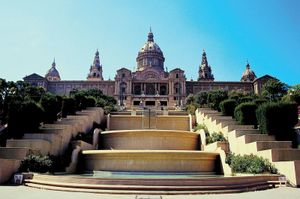
…betrothed to Petronila, queen of Aragon, Catalonia and Aragon were united under the same ruler. Catalonia monopolized trade in the western Mediterranean in the 13th and 14th centuries, and Catalan interests dominated the union with Aragon until 1410, when the male line of the counts of Barcelona became extinct. Dissatisfaction…
Read More

